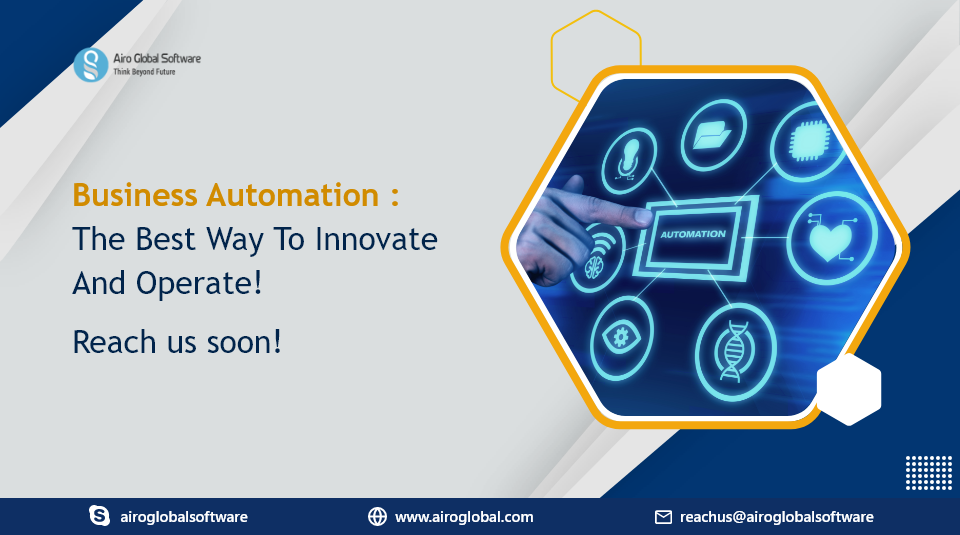Managing administrative tasks in a web application can often be a daunting task, but with the advent of tools like Laravel Filament, the process becomes streamlined and elegant. In this blog post, we'll dive into what Laravel Filament is, how it simplifies the creation of admin panels, and why it's a game-changer for Laravel developers.
What is Laravel Filament?
Laravel Filament is an open-source package designed to help developers create beautiful and functional admin panels for their Laravel applications. It offers a clean and intuitive interface for managing database records, which can be a major time-saver when building complex applications.
Features and Benefits:
1. Rapid Setup:
With a few simple commands, you can have a fully functional admin panel up and running. This saves hours of development time that would otherwise be spent building CRUD interfaces from scratch.
2. Customizable:
While Laravel Filament provides default layouts and components, it's highly customizable. You can tailor the admin panel's appearance and behavior to match your application's unique requirements.
3. Eloquent Integration:
Filament seamlessly integrates with Laravel's Eloquent ORM, allowing you to manage your database records without writing extensive code. This tight integration ensures consistency between your application's frontend and backend.
4. Form Components:
Filament comes with a variety of form components that handle input validation, data storage, and more. From text fields to file uploads, you can effortlessly create complex forms for your admin panel.
5. Authorization and Authentication:
Security is paramount in admin panels. Filament integrates with Laravel's authentication and authorization systems, ensuring that only authorized users can access sensitive data.
6. Relationship Management:
Working with related data is simplified in Filament. You can easily manage relationships between different database tables, such as one-to-many and many-to-many relationships.
Getting Started:
To begin using Laravel Filament, follow these steps:
Install Laravel if you haven't already.
Install Filament using Composer.
Publish the assets and configure your database.
Create a model and migration for the data you want to manage.
Generate a Filament resource for that model.
Define the fields and relationships in the resource's fields class.
Register the resource in the FilamentServiceProvider.
Access the admin panel through your browser and start managing your
data.
Conclusion:
Laravel Filament brings a new level of simplicity and elegance to the process of creating admin panels for Laravel applications. Its well-thought-out features and integration with Laravel's ecosystem make it a valuable tool for developers looking to save time and effort. By abstracting away the complexities of admin panel development, Filament empowers developers to focus on building rich user experiences and robust applications.
Whether you're working on a small project or a large-scale application, Laravel Filament has the potential to transform the way you approach backend development. Its ease of use, customization options, and compatibility with Laravel's core features make it a must-have tool in every Laravel developer's toolkit.If you have any questions or concerns, please contact Airo Global Software through the email given below.
E-mail id: [email protected]

Author - Johnson Augustine
Chief Technical Director and Programmer
Founder: Airo Global Software Inc
LinkedIn Profile: www.linkedin.com/in/johnsontaugustine/


